Archive for the ‘Weather’ Category
Western Europe is expecting a potentially devastating heat wave that could reach temperatures above 100 degrees Fahrenheit.
Wednesday, June 26th, 2019“…….the heat wave is expected to peak by Thursday afternoon, where temperatures can reach more than 96 degrees Fahrenheit and rise above 104 degrees throughout most of the continent...…”
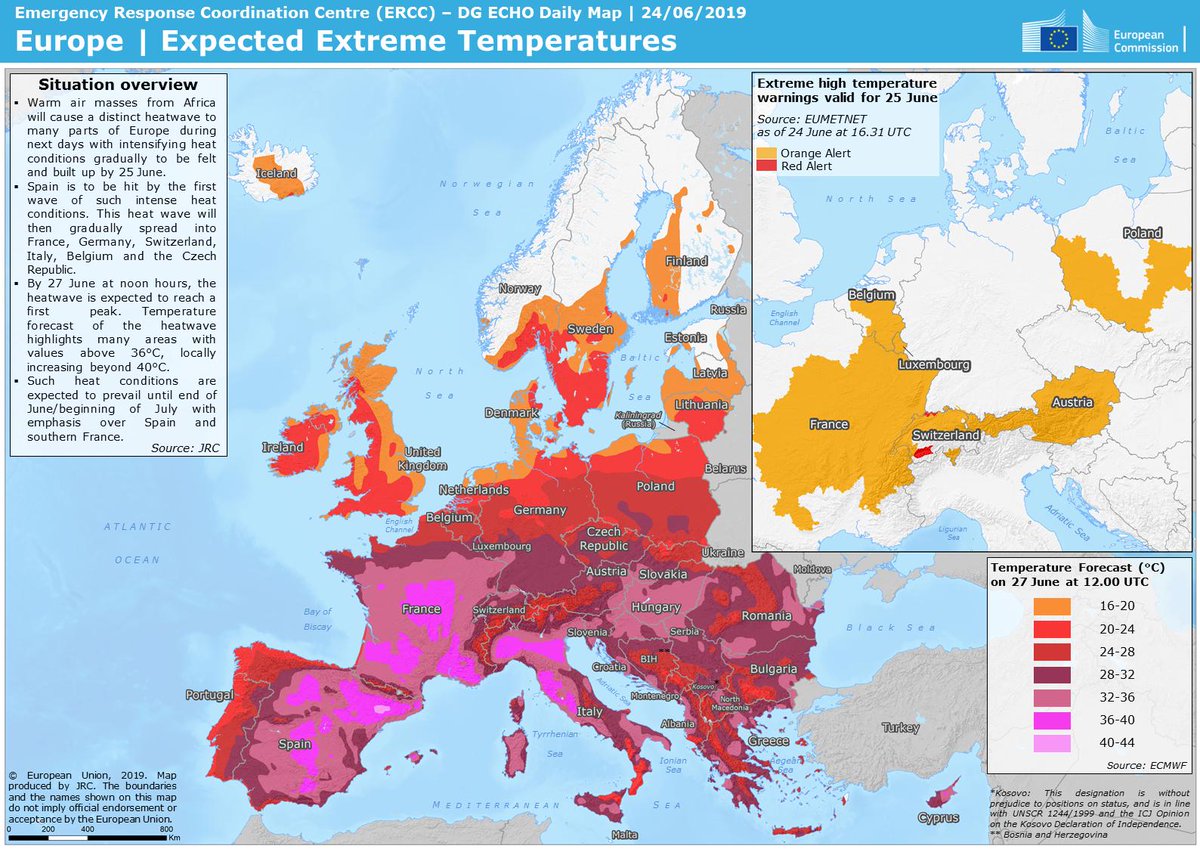
An unusually cold, strong, and slow moving system will continue to produce severe storms from the South Plains to the Middle Mississippi Valley.
Sunday, June 23rd, 2019Summer solstice
Sunday, June 23rd, 2019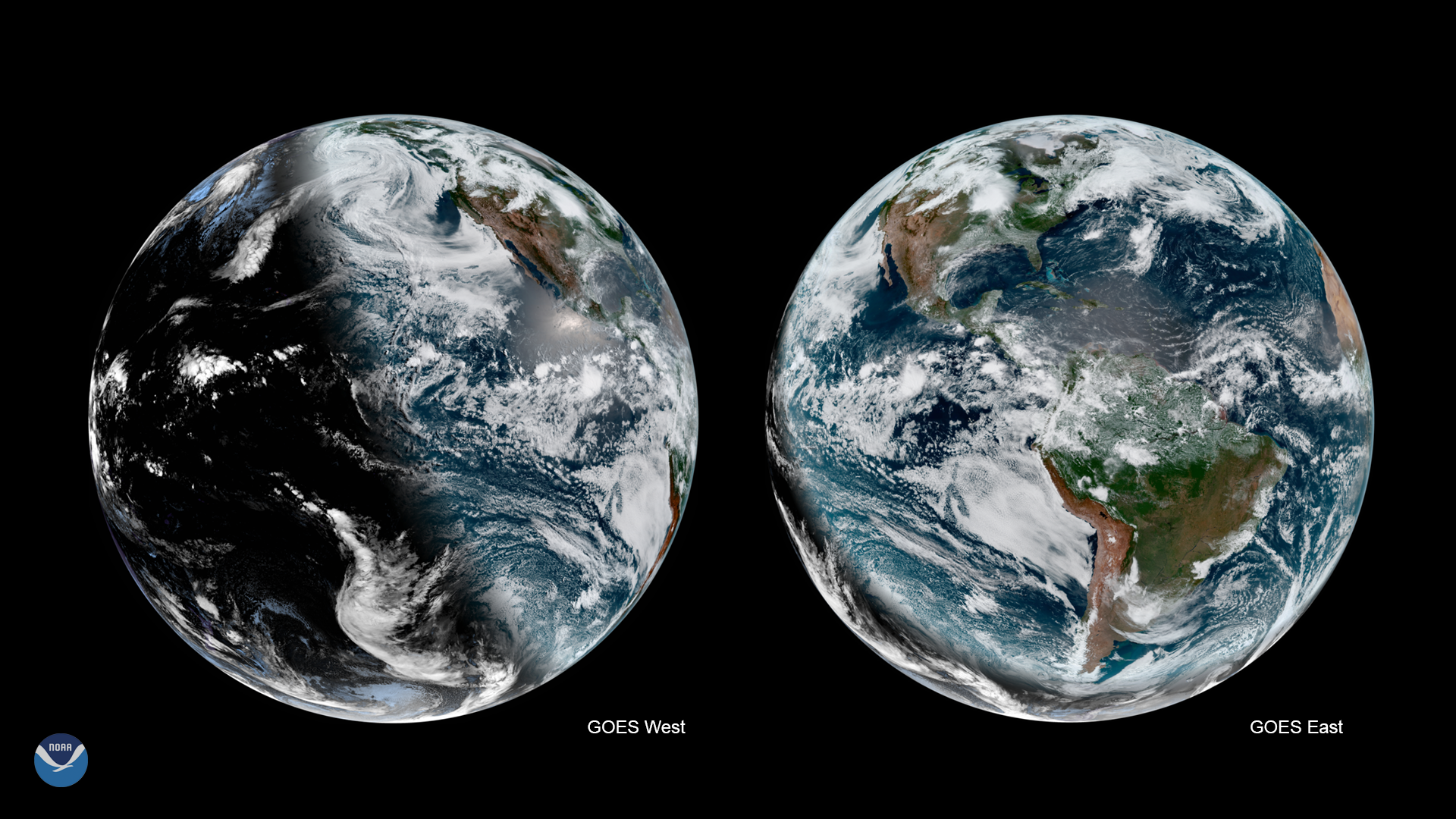
The GOESEast and GOESWest satellites on Friday simultaneously saw the slanted shadows separating day and night on Earth just minutes after the summer solstice occurred.
Summer solstice is the start of astronomical summer in the Northern Hemisphere and the moment that hemisphere reaches its greatest tilt toward the sun. It occurred today at 11:54 am EDT, when the sun’s direct rays reached as far north as they could get, along the Tropic of Cancer, at 23.5 degrees North latitude. Of course, it’s also the longest day — and shortest night — of the year.
The amount of daylight we see depends on our distance from the equator. In Fairbanks, AK, the sun rose today at 2:57 am and will set at 12:47 am. In Miami, it rose at 6:30 am and sets at 8:15 pm.
Notice in this image how the shadow that separates day and night across Earth is highly slanted. That shadow is called the daylight terminator. As the Earth rotates on its axis, the North Pole experiences 24 hours of daylight, or “midnight sun,” while the South Pole is obscured in darkness. The opposite occurs at each pole in December, when the Northern Hemisphere sees its shortest day and longest night of the year.



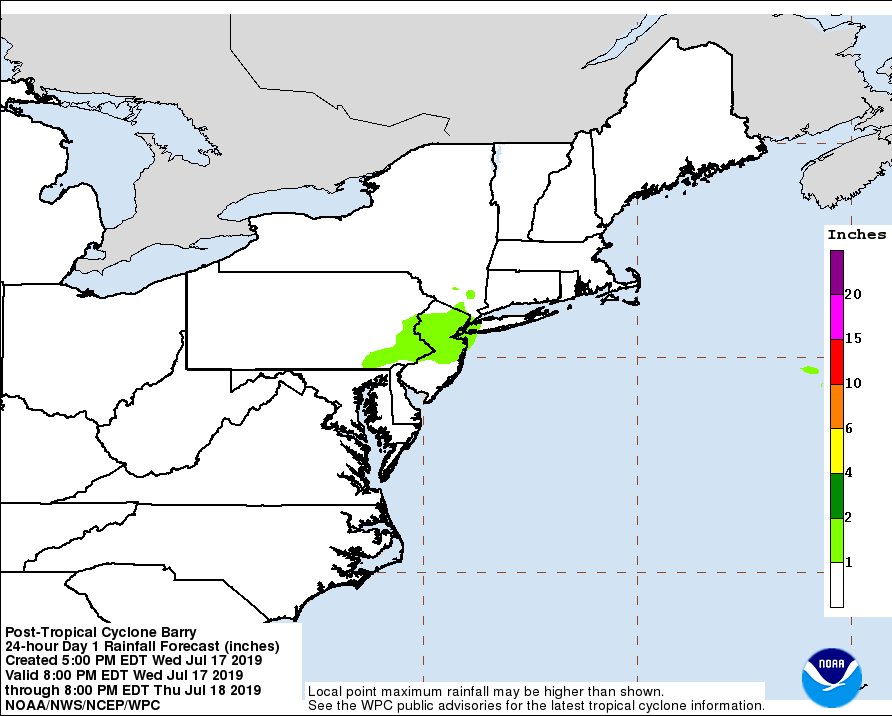

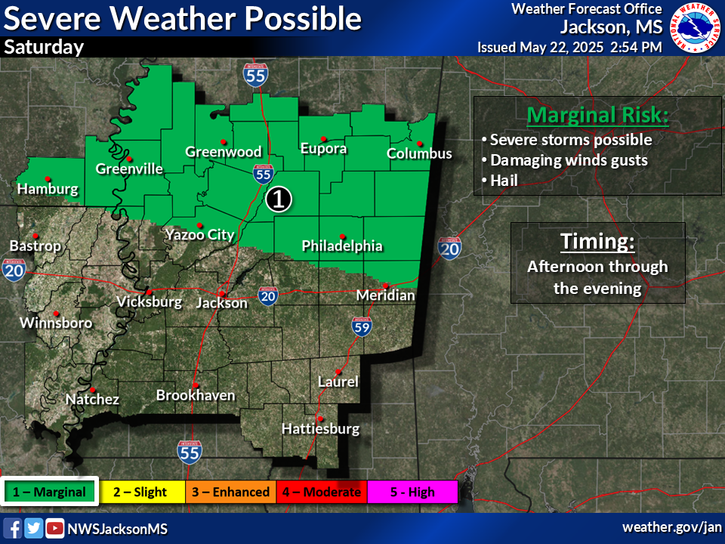
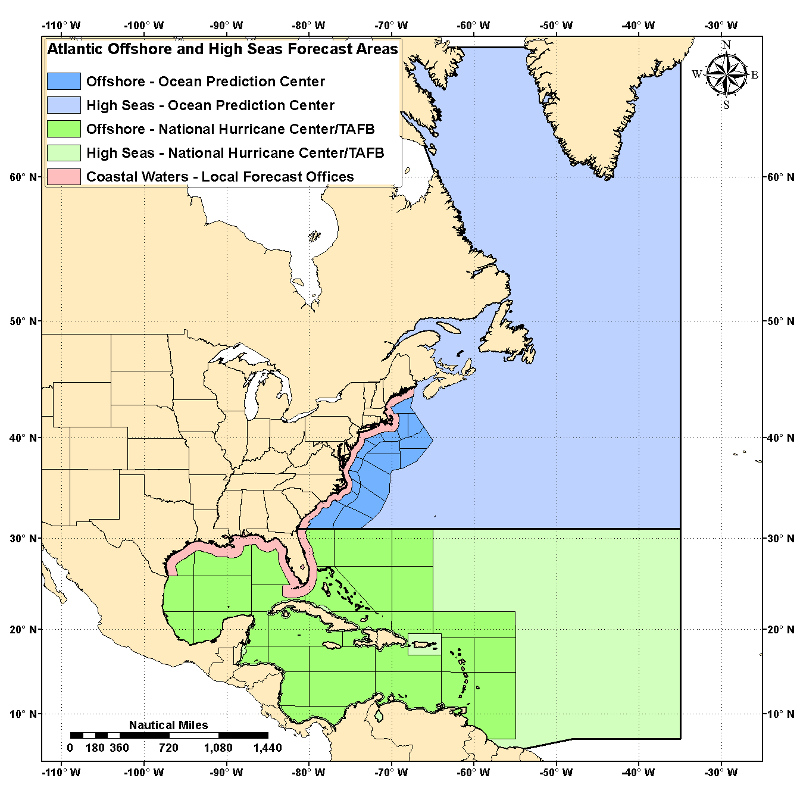
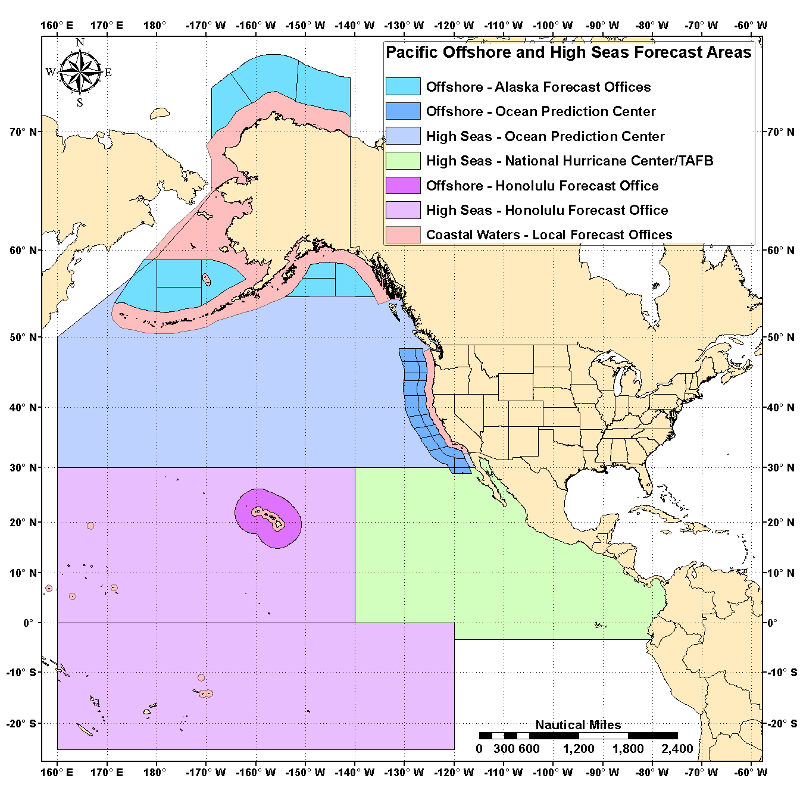
![[Image of WPC QPF U.S. rainfall potential]](https://www.nhc.noaa.gov/storm_graphics/AT02/refresh/AL0219WPCQPF+gif/085028WPCQPF_sm.gif)







